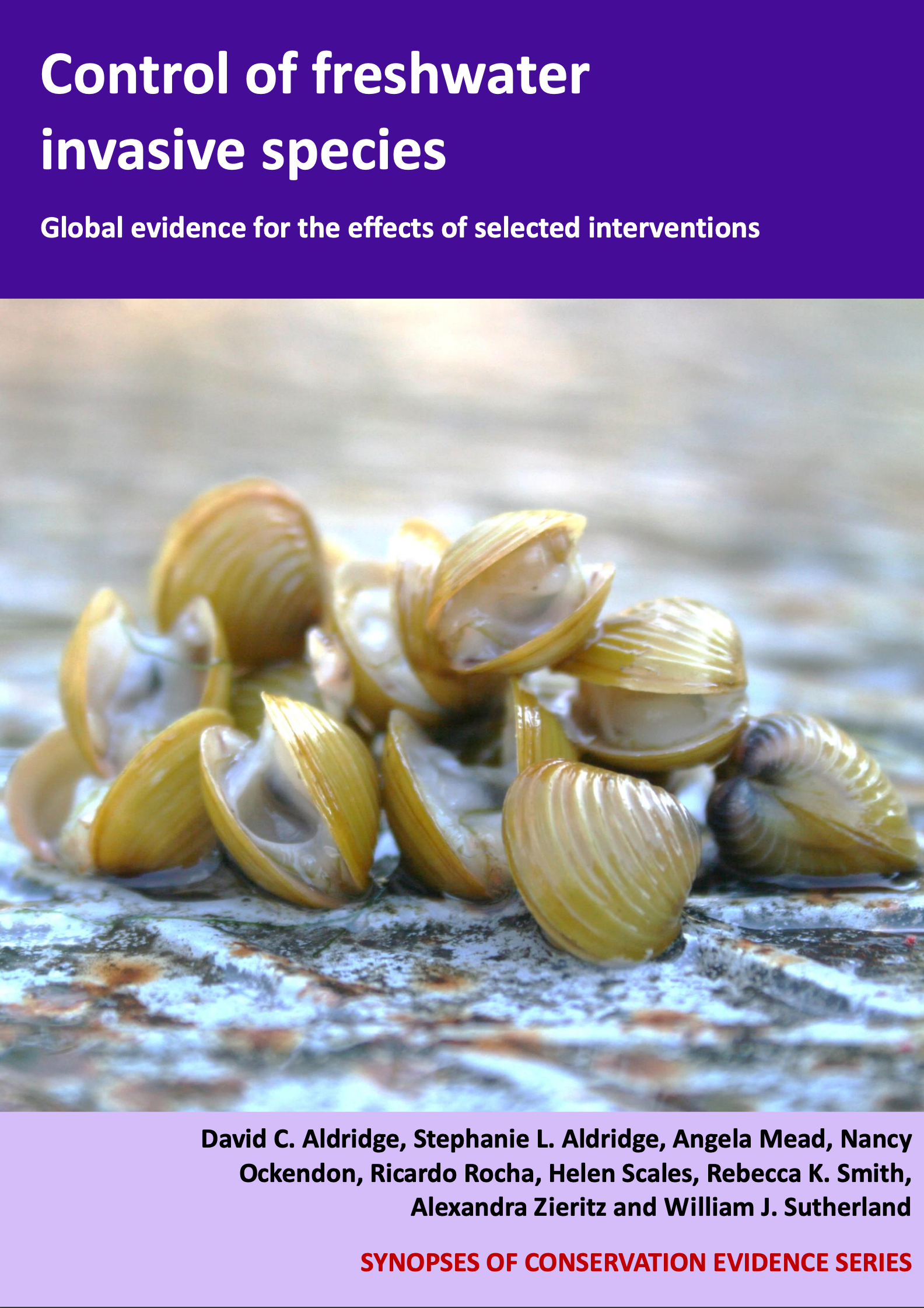Skunk cabbage: Physical removal
-
Overall effectiveness category Likely to be beneficial
-
Number of studies: 3
View assessment score
Hide assessment score
How is the evidence assessed?
-
Effectiveness
65% -
Certainty
55% -
Harms
not assessed
Study locations
Supporting evidence from individual studies
A study in 2003-2008 in Switzerland (Buholzer pers. comm. (2009) In European and Mediterranean Plant Protection Organization 2009) found that annual physical removal of recently established skunk cabbage Lysichiton americanus plants over five years removed the entire stock. One hundred plants were removed in 2003, compared with 20 plants in 2004, and only a few individual plants in each of 2007 and 2008. In 2007 and 2008, no more plants had germinated. From 2003 to 2006, two people removed the plants by hand on an annual basis following which a monitoring programme was put in place to check for regrowth every second year. Total costs to 2009 were reportedly around €1000, declining from €500 in 2003, to just monitoring costs from 2008 onwards.
Study and other actions testedA study in 2005-2008 in the Netherlands (Rotteveel 2007) found that manual removal of mature skunk cabbage Lysichiton americanus was effective for a small outbreak of a small-growing plant. In 2008, two plants of over one year old, and dozens of new seedlings were found and subsequently removed by volunteers. This followed an annual inspection and removal programme which started in December 2005. Following removal, skunk cabbage plants were dug up, and then buried deep in the ground. No further information was available.
Study and other actions testedA study in 2004-2008 in the Taunus region in Germany (Fuchs et al. 2003) reports that manually removing mature skunk cabbage Lysichiton americanus was not effective as plants build up a seed bank which lasts for at least eight years. After the first four years of a twice yearly total removal programme, plants with leaf length in excess of 80cm were no longer found. However, a large number of plants still needed to be removed each year. In 2008, at least 3,773 skunk cabbage plants were removed in the Taunus region. The programme involved removal of all skunk cabbage stands twice each year. No further information was available.
Study and other actions tested
Where has this evidence come from?
List of journals searched by synopsis
All the journals searched for all synopses
This Action forms part of the Action Synopsis:
Control of Freshwater Invasive Species
Control of Freshwater Invasive Species - Published 2017
Control of Freshwater Invasive Species Synopsis





)_2023.JPG)














